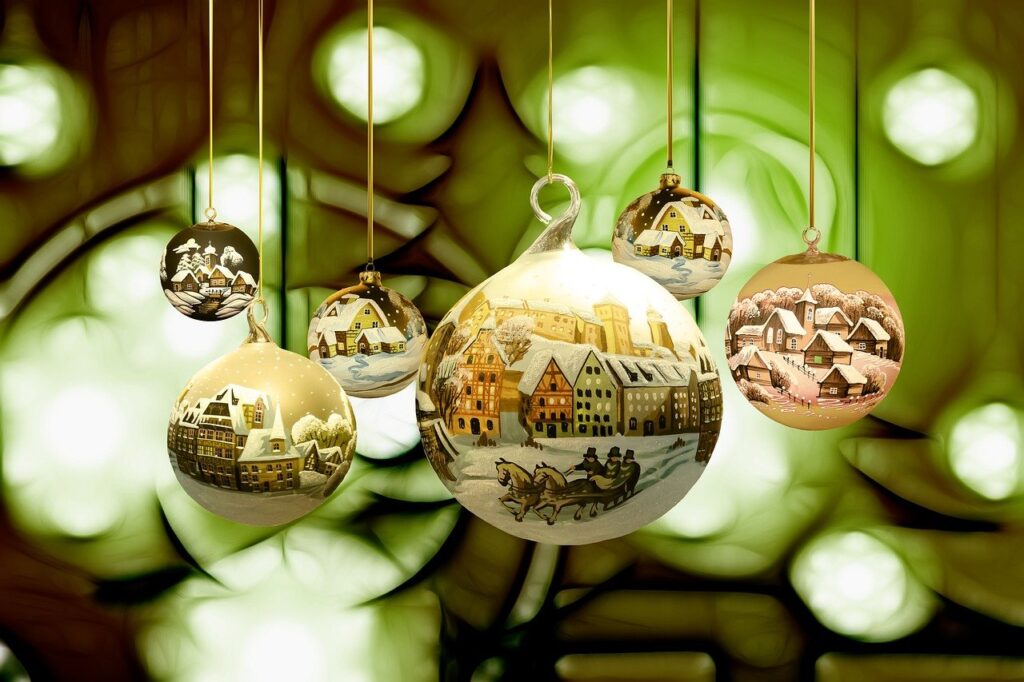We leave Christmas in Poland behind and travel a short distance to Portugal, just 2,518km southwest.
Home to the world's oldest bookstore and one of the oldest universities, Portugal is situated on the west coast of the Iberian Peninsula, with Spain on its east border. Portugal covers an area of 92,391 square km and has a population of over 10 million people.
Portugal has produced some names you may have heard of: Ferdinand Magellan (the famous explorer who circumnavigated the earth) and more recently a couple of great names in football with Cristiano Ronaldo and José Mourinho.
The south coast region of Portugal, the Algarve, is very popular with tourists and expats. It's well known for its seafood, beaches and golf courses.
So, how do they celebrate Christmas in Portugal?
When
Christmas in Portugal is celebrated on 25th December.
Religious Influence
Around 85% of the Portuguese population are Roman Catholics.
Decorations
Every Church has its own nativity scene called the ‘presépio’, and many homes will also have smaller nativity scenes. Home nativity scenes are often arranged by the children of the household. Some shops and clubs will have massive nativity scenes with over 100 figures, waterfalls, moving windmills, and lights. Christmas Trees are also very popular.

Image by Gerd Altmann from Pixabay
Customs
‘Pai Natal’ (Father Christmas) is thought to leave presents under the family Christmas Tree or in shoes left by the fireplace on Christmas Eve. Some areas believe that Baby Jesus leaves the presents, instead of Father Christmas. After the main Christmas meal on Christmas Eve, many people will go to church for the ‘Missa do Galo’ (‘Mass of the rooster’). During the Missa do Galo, people will queue up to kiss an image of Baby Jesus which is then placed in the Church’s nativity scene.
After the service, people go home and open their Christmas presents. When children come back from the service, a baby Jesus figure ‘magically appears’ in their home nativity scene (placed there by the parents secretly before the service) which means that presents have been brought – if there’s no baby Jesus then there aren’t any presents. Depending on the family, the children may only be able to open a few presents in the evening, and the rest will be opened on Christmas morning. For people who don’t go to the Church service, the presents are put under the tree while the family is asleep and they’re then opened in the morning.
In Penamacor there’s a tradition called the ‘Christmas Madeiro’ where young men (traditionally about to go into compulsory military service, although this isn’t a thing anymore) ‘steal’ (nowadays, it’s paid for afterwards or discreetly donated) trees/wood to make a giant fire in the church yard where people gather to chat and sing.
After Christmas, groups of people go house to house with an image of Baby Jesus in a manger, singing ‘January songs’ with small instruments. The owner of the house, when they knock, should invite them in and provide them with snack and some wine or brandy, the singer will then sing songs of praise for them. If you don’t answer or fail to provide them with adequate food and drink then they may sing insulting songs at you.
Food
The traditional Christmas meal is called ‘Consoada’ and is eaten during the evening of Christmas Eve. The main dish is usually codfish with green vegetables and boiled potatoes. This is then followed by other dishes such as; shellfish, wild meats, and other expensive foods. A table in the living room, at Christmas, is covered with all sorts of traditional foods including; cakes, fried cookies, nuts, and turkey.
Different regions have different popular desserts; for example, in the north, 'Lampreia de ovos' (sugary egg yolks made into the shape of a fish) and rice pudding are popular. French toast (‘rabanadas’) is popular county-wide, along with ‘filhós’ which are fried dough sprinkled with sugar and cinnamon.
Traditional Christmas cake is called ‘Bolo Rei’ (‘King Cake’) and is made with candied fruit. A broad bean and a token/small gift are hidden inside the cake – if you get the broad bean, you have to pay for the next year’s cake, and if you get the token then you get to keep said token/small gift.
Everyone also gets together for a lunch on Christmas Day. Porto wine and other traditional liquors are popular drinks over the Christmas period.
Our next Christmas destination looks at Christmas in Puerto Rico.